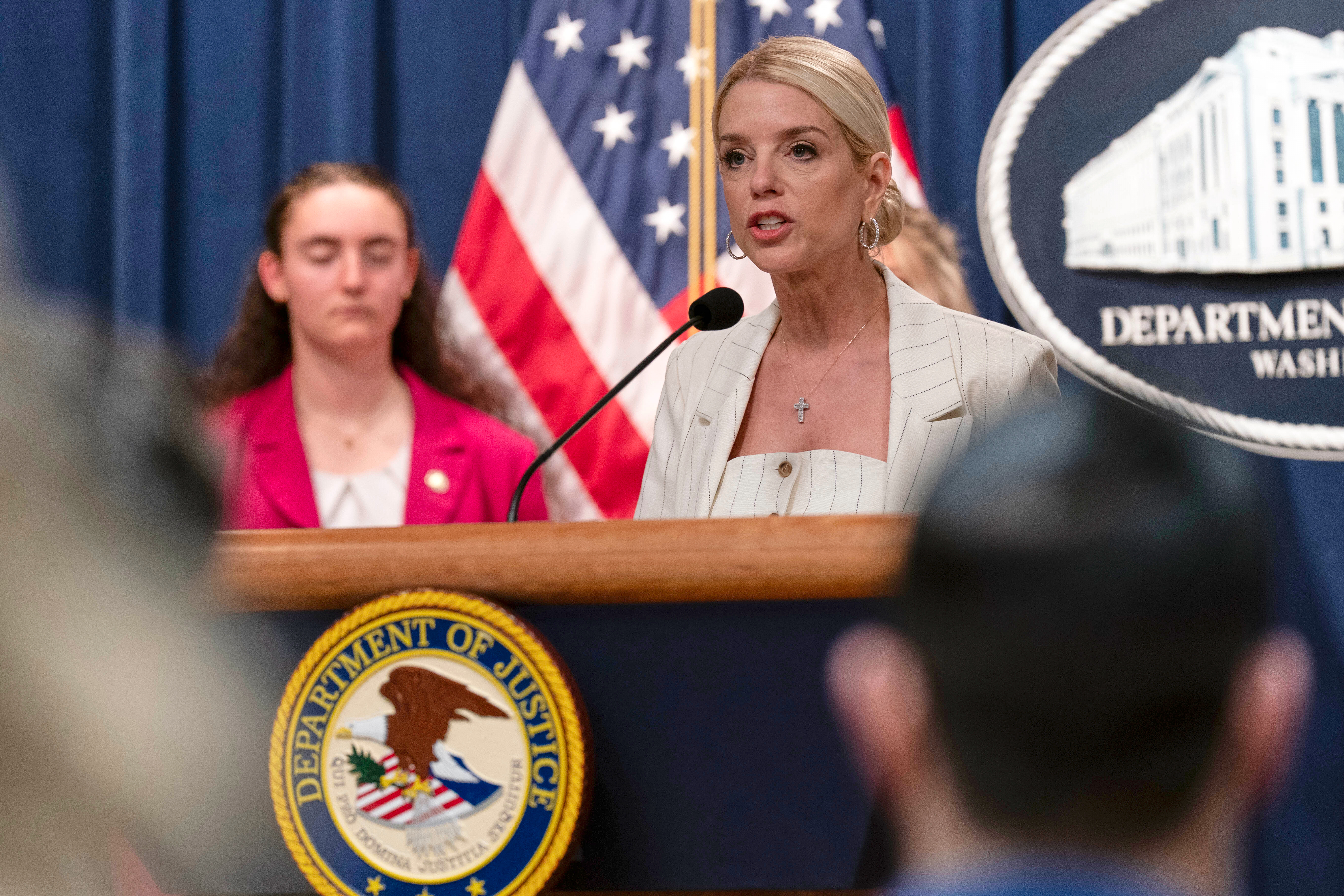Federal Reserve Chair Jerome Powell announced Wednesday afternoon another interest rate hike, marking the 10th such increase in the last year.
The Fed made the decision following the announced bank failure of First Republic Bank. The bank became the third in the U.S. to crumble after the March collapses of Silicon Valley Bank and Signature Bank.
"The U.S. banking system is sound and resilient," the Federal Reserve said. "Tighter credit conditions for households and businesses are likely to weigh on economic activity, hiring, and inflation. The extent of these effects remains uncertain. The Committee remains highly attentive to inflation risks."
Another interest rate hike was considered likely as Powell has stated that the board’s goal is to get the annual rate of inflation down to 2%.
According to the Bureau of Labor Statistics, the rate of inflation was at 5% as of March, which is down from a peak of 9.1% last summer.
Since early 2022, the Fed has increased the Federal Funds rate from 0.75%–1% to 5%-5.25%, its highest mark in 15 years.

Fed economists project 'mild' recession later this year
The central bank noted that recent developments in the banking sector will likely weigh negatively on economic activity, hiring and inflation.
Dave Weisberger, former vice president of program trading at Morgan Stanley, told Scripps News that when interest rates go up, the price of bonds drops. When the value of these bonds drops, banks are less secure against bank runs.
“Now, ordinarily, that's not that big of a deal, but the fact is confidence in the banking system outside of the large money center banks, so-called too big to fail banks, is really dropping,” he said. “So now when you have the second largest bank failure happening, being bought back by JP Morgan and the regional bank indices getting hurt, that's a real problem. So as rates go up, banks are definitely much more vulnerable.”
It’s why Weisberger is among economists who believe the Federal Reserve should not be increasing interest rates even more, even if the Fed hasn’t hit its 2% inflation goal yet.
“I and many others believe that they should have paused after the last increase and before the banking system has continued to unravel,” he said. “Leading indicators are indicating that both inflation will decrease and the economy is tipping towards recession.”
Although depositors with less than $250,000 are insured by the government, those with larger accounts don’t have the same assurances.
“The problem that we have today relates to confidence and confidence is a tricky thing,” Weisberger said. “The last thing you ever want to do is cause panic, and when you see banking failures like this, that's it.”
To make things more complicated, it will likely take time to see the full economic effects of both the Fed's interest rate modifications, and banks' credit crises.
"Rate hikes generally take six to 18 months to play through the economy, with a peak of a year," said Aaron Klein, a senior fellow in Economic Studies at the Brookings Institution, in an interview with Scripps News. "Similarly, the credit crunch that's starting to happen is going to take a while to play through into lower lending, less consumption, etc. The amount of negative energy pushing into the economy from higher interest rates and tighter lending standards is building. And it may be that the credit crisis in the banking industry causes the Fed to be less aggressive on interest rates."









